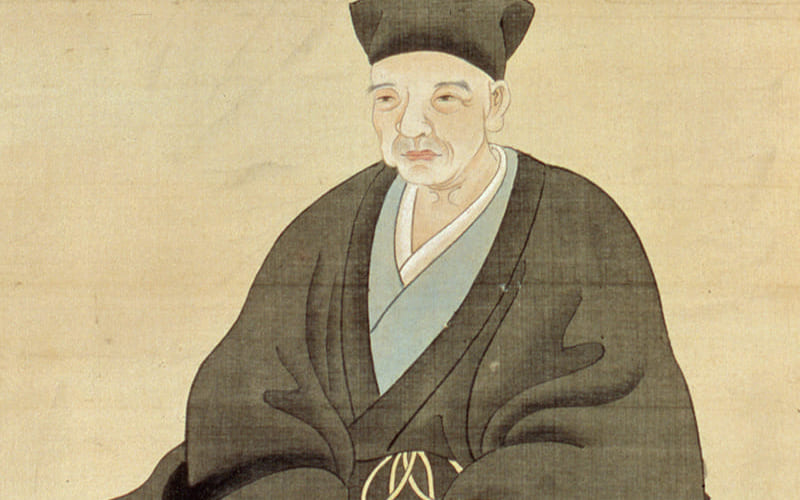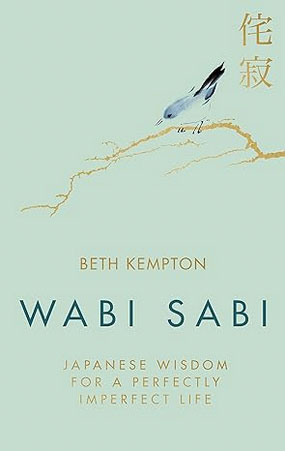Sado History
Find out more about Tea Ceremony
Sado History
The Japanese tea ceremony, known as “chanoyu” or “sado,” has a rich history dating back to the 9th century and has evolved over time. In a nutshell, here’s a concise overview of its history:

Origins
9th-12th Century
The roots of the tea ceremony can be traced to China, where tea was first introduced to Japan. It was initially consumed for its medicinal properties and later as a luxury beverage by the Japanese aristocracy.

Influence of Zen Buddhism
12th-13th Century
The practice of the tea ceremony became intertwined with Zen Buddhism, emphasizing mindfulness, simplicity, and the appreciation of the fleeting moments. It was popularized by Buddhist monks.

Rise of the Wabi-Sabi Aesthetic
(15th-16th Century):
During the Muromachi period, the tea master Sen no Rikyu played a pivotal role in shaping the modern tea ceremony. He emphasized the principles of “wabi” (simplicity) and “sabi” (elegance in imperfection), which significantly influenced the aesthetic of chanoyu.

Development of the Way of Tea
16th-17th Century
The Way of Tea, or “chado,” was further developed by Rikyu’s successors. It incorporated specific rituals, procedures, and etiquette, solidifying the structure of the tea ceremony.

The Edo Period
17th-19th Century
The Edo period saw the popularization of the tea ceremony among the samurai class and the emergence of various schools or traditions of tea. It also contributed to the development of specialized tea utensils.

Modern Era
19th Century to Present
The Meiji Restoration and the opening of Japan to the world led to a decline in the traditional arts, including the tea ceremony. However, in the 20th century, there was a resurgence of interest in preserving and promoting chanoyu as a cultural and artistic practice.
Recommended Video
Recommended Book

Beth Kempton
Wabi sabi (“wah-bi sah-bi”) is a captivating concept from Japanese aesthetics, which helps us to see beauty in imperfection, appreciate simplicity and accept the transient nature of all things. With roots in zen and the way of tea, the timeless wisdom of wabi sabi is more relevant than ever for modern life, as we search for new ways to approach life’s challenges and seek meaning beyond materialism.
Wabi sabi is a refreshing antidote to our fast-paced, consumption-driven world, which will encourage you to slow down, reconnect with nature, and be gentler on yourself. It will help you simplify everything, and concentrate on what really matters.
From honouring the rhythm of the seasons to creating a welcoming home, from reframing failure to ageing with grace, wabi sabi will teach you to find more joy and inspiration throughout your perfectly imperfect life.
This book is the definitive guide to applying the principles of wabi sabi to transform every area of your life, and finding happiness right where you are.
Booking Procedure
1. Fill out the booking form
2. Availability confirmation
After checking availability, you will receive a confirmation email with the date and time, other necessary information and the payment link.
3. Booking confirmation
The booking is confirmed after the payment is processed. Regarding the refund policy, refer to the terms in the booking form.
4. Get picked up and start the tour
The host will greet you at the designated meeting point 30 minutes prior to the start of the tour. *Pick-up service may not be available based on the distance.

